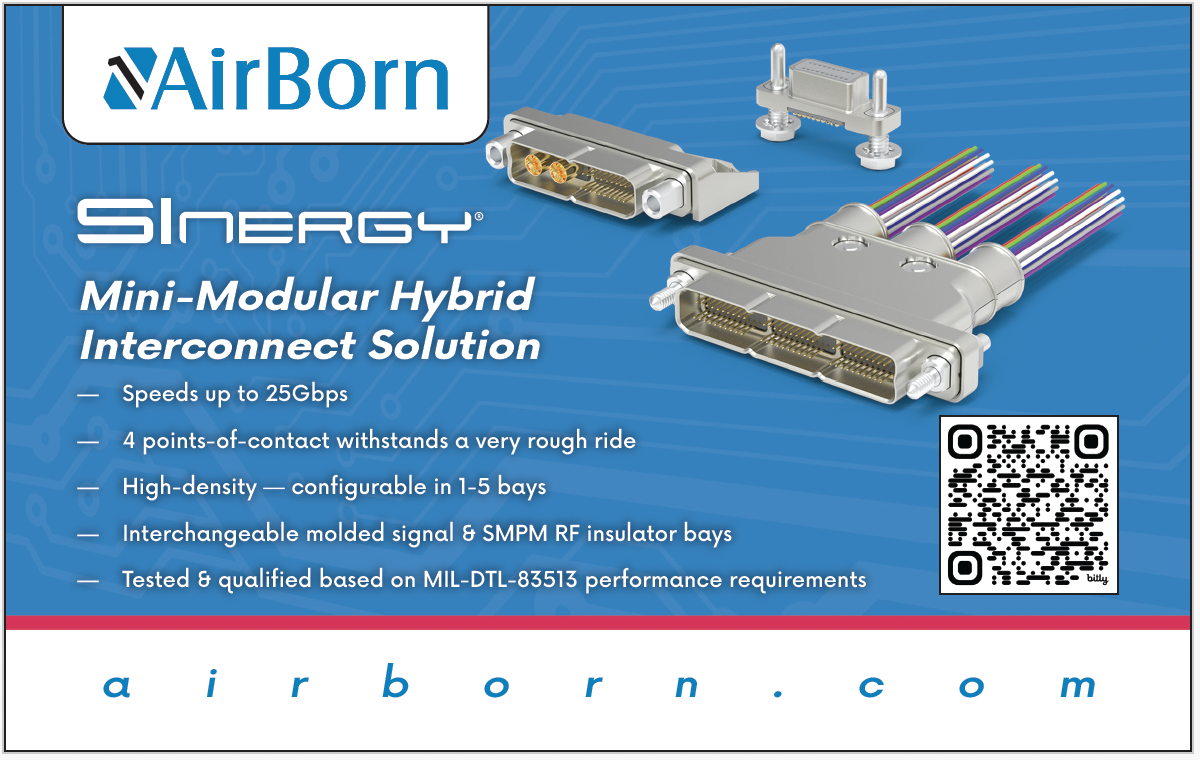“Software is eating the world.”
That quote by Marc Andreesen, the legendary co-founder of VC firm Andreesen-Horowitz in 2011, refers to the fact that more and more businesses and industries in the physical world are being run on software.

Satellites and the ground segment are just beginning to join in, and for many of the same reasons — agility, flexibility, and efficiency.
To understand what the move to ‘softwarization’ means, Constellations spoke with Nathan de Ruiter, Partner and Managing Director of Novaspace (formerly Euroconsult), Amina Boubendir, Head of Research and Standardization at Airbus Defense and Space, and Stuart Daughtridge, Vice President of Advanced Technology at Kratos.
Transforming
Through
Software
With space becoming increasingly dynamic, the panelists unanimously recognized the unparallele adaptability that software- defined technologies bring.

Nathan de Ruiter
de Ruiter of Novaspace said the advantage of satellites and ground systems that are no longer rigid, hardware- bound entities, but dynamic, adaptable networks, was the ability to quickly reallocate resources to enhance service responsiveness and coverage efficiency.
He added that software-defined satellites can support all applications and were particularly advantageous for demand patterns that are volatile and unpredictable.
“Think about MIL SATCOM where demand for bandwidth and communication can spike up in new conflict areas, or for supporting mobility services.”

Stuart Daughtridge
Daughtridge of Kratos explained the technical nuances of software-defined satellites, emphasizing their ability to dynamically adjust beam placements, power allocations, and bandwidth distribution in real-time to “move capacity and bandwidth when and where you need it.”
Similarly, on the ground, he added that, once the satellite signal is digitized as close to the antenna as possible, the rest of the ground system can be virtualized.
“All the signal routing and signal processing basically become software applications running on generic compute, which starts looking like typical IT network infrastructure,” Daughtridge said. “Why that’s important is because software-defined satellites tend to have significantly more bandwidth than traditional satellites, and you need a ground system that can scale up and match with it.”

Amina Boubendir
Boubendir of Airbus said that another advantage of abstraction, of separating hardware from software, was the flexibility to support new applications, particularly for service-based offerings where consumers of SATCOM will rely on software dynamics for their tasks.
Asked about the transition, Daughtridge said, “If you want a terminal with multifunction capability that can support dynamic services, then you’re going to start looking at software- defined ground systems, particularly at the remote side. On the gateway side, software-defined ground makes sense because you can now disaggregate...Your gateway becomes a cloud, or you have a connection to a cloud for your signal processing.”
Upping the
Orders
Asked about satellite operators planning to deploy software-defined satellites, de Ruiter cited a Novaspace report that found that more than 50% of the GEO- HTS communication satellites ordered from 2019 were fully software-defined. That number increased to 60% for 2023.
“That’s a clear shift that shows that satellite operators in the market are gearing toward that solution,” he said, noting that was due not just to their functionality but also increased flexibility. “It’s difficult to predict the next 10, 20 years, so being able to adapt your capabilities to what the customer wants is key. The other factor that operators look at is fill rate. How do you utilize the system? it gives you the flexibility to optimize fill rates over a longer term.”
de Ruiter then used an airline as an example, “You can modify the coverage and bring the capacity to the areas where your planes need it. That’s the flexibility for these use cases where demand isn’t always known, especially when you look at a GEO 15-year business plan.”
Boubendir added, “Satellite network operators can now rethink their business models added. “It’s not the traditional way of selling raw capacity and keeping it dedicated, but looking at the assets as reprogrammable so they can think of new services to add.”
Daughtridge pointed to cost as another benefit, noting that ground systems with legacy architectures started costing more than the satellites because they were so hardware centric.
“That’s a problem for the industry that will drive the move to software- defined ground because it gives you a different cost structure. You can build the ground system at scale as needed for these software-defined satellites.”
The Challenges
Ahead
Despite the numerous advantages of software, the panel cited interoperability as a key hurdle for moving forward.
“We need to think multi-domain, multi-technology, multi-provider,” said Boubendir of Airbus. “When it comes to satellite, multi-orbit, multi- frequency, we need standardized solutions. We’ve started working to make it a reality. From the management perspective, we worked with Kratos under the TM Forum standardization body that defines OSS, BSS, and network management systems in terms of digital systems and standardized APIs that any industry partner can implement and reuse.
Working with satellite network operators, we showed that the satellite is just another wireless technology. This year we’re integrating 5G and SATCOM into a standardized framework, again, using the TM Forum.”
“Referencing the work with Airbus and satellite operators to develop a standardized way to manage SATCOM networks using telecom standards,” Daughtridge added, “This year we’re going to the next level showing how to use telecom orchestrators to orchestrate services directly through a SATCOM service. We have satellite operators, satellite manufacturers and satellite vendors all working together to show how we could use these standards. The reason you use standards is scale. The more you get everyone doing it the same way, you now can get scale and size.”
de Ruiter of Novaspace added, “Standardization is central to this. There’s a lot of good work being done, but you’d like to see the pace of adoption accelerated. It’s difficult for operators or other players in the market to invest in something that’s not compatible. The pace of adoption is going to be driven by how quickly we push standardization in the industry.”
The Future
Path
Asked about the software-centric future coming to fruition, Daughtridge said, “I think it becomes a reality because it has to become a reality.
If the rest of the industry is going to compete with Starlink, they have to grow the amount of capacity they have per satellite, and they’re going to need cost-effective ground infrastructure to implement it and integrate with the terrestrial network. Otherwise, the operators won’t get the value out of their satellites. The future of software-defined satellites will look like network switches or routers in the sky, and you’ll start managing your network the same way the terrestrial players do. That way we’ll get more integrated with their networks, whether it be mobile or the telecom networks.”
Boubendir added, “I come from a telco background, and it seems obvious when you operate on the ground you have this interoperability, not just from a provider perspective, but also from a user perspective. Mobility is one of the simplest examples, thanks to the interoperability and the standards that the telcos have developed since 2G. The same should apply to satcom. The devices and terminals should be able to have seamless mobility between satcom solutions. That’s another step between mobile and satcom, and terrestrial and non-terrestrial networks. This is happening today in 3GPP, with 5G NTN as a part of 5G’s advanced specifications. If we stick to ‘software is eating the world,’ that’s definitely happening. We’ve witnessed different convergences, fixed mobile and then IT cloud, IT and networks, and now satellites and networks, and all of this is driven by software.”

Observed de Ruiter, “I see a willingness to work more closely together. The satellite industry has been criticized for silos for many years, but I do see the change. Now they need to prove that it’s all going to work together.”
For more interviews and podcasts with space leaders, visit www.kratosdefense.com/constellations



